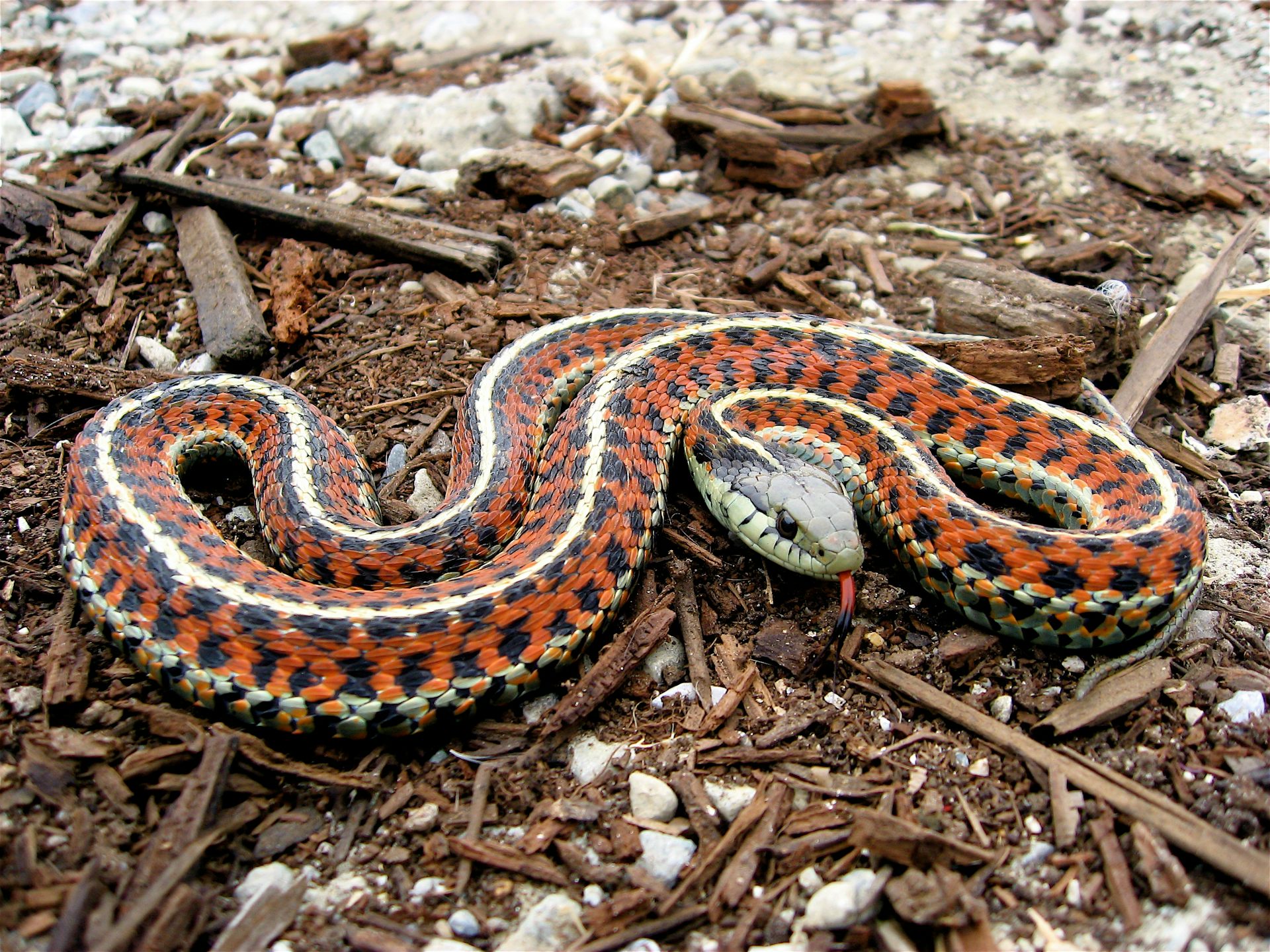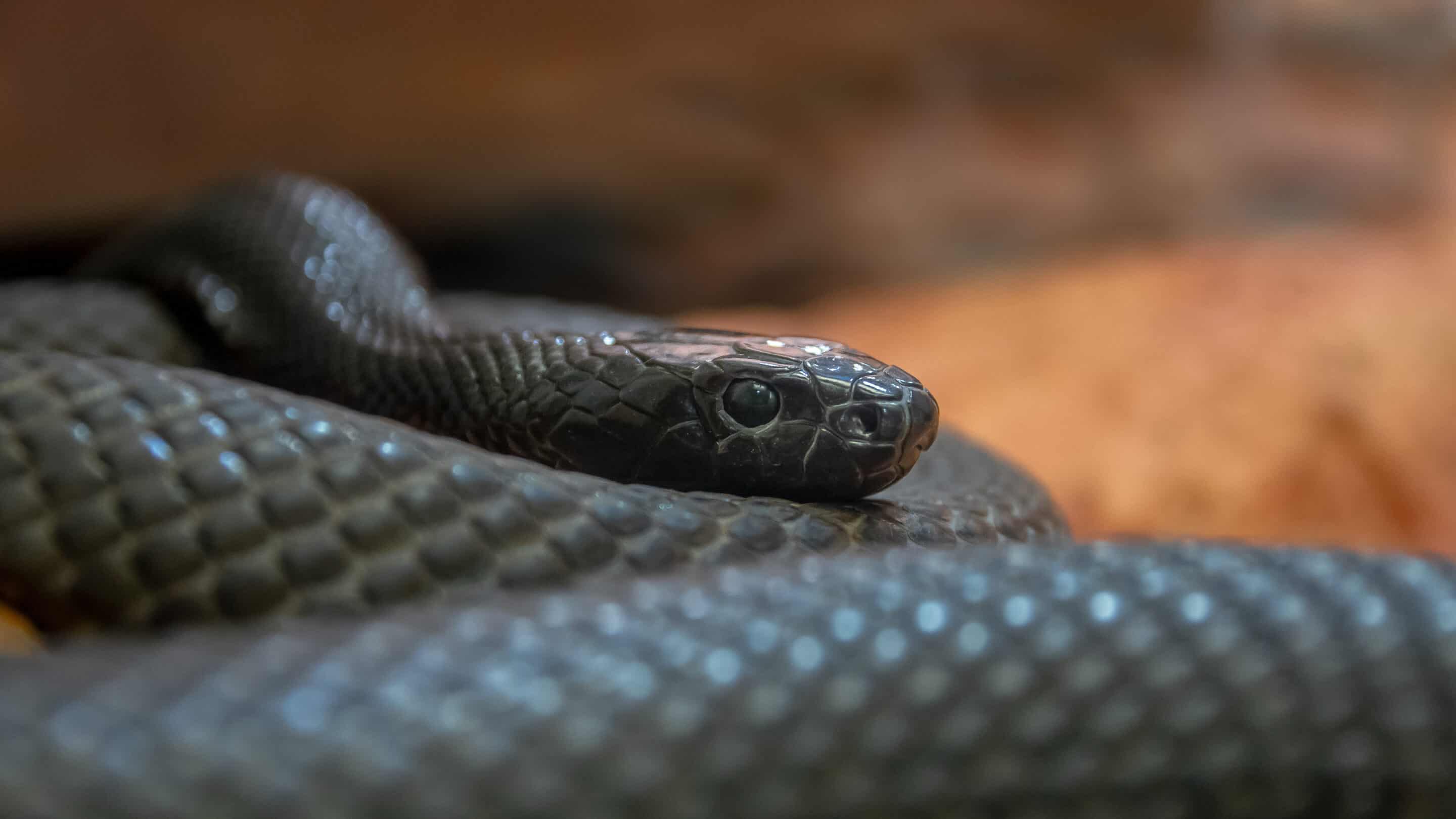Introduction
The Tasmanian tiger serpent, scientifically called Notechis scutatus, is one of Australia's most intriguing reptiles. Discovered largely in Tasmania and its surrounding islands, this snake has amassed focus not just for its striking look but likewise for its complex behavior and crucial duty in the ecological community. This short article will certainly discover the numerous elements of the Tasmanian tiger serpent's environment, habits, composition, and interactions with people while giving vital information concerning safety measures in case of a snake bite.
Whether you're a researcher, a wildlife lover, or simply somebody curious regarding these fascinating creatures, this thorough overview promises to supply understandings that are both helpful and interesting. So allow's embark on this trip to understand the Tasmanian tiger snake better!
The Tasmanian Tiger Snake: An Overview
Physical Attributes of the Tasmanian Tiger Snake
Tiger serpents are characterized by their distinctive pigmentation and patterns. They commonly display a mix of yellow or lotion stripes on a dark brown or black history-- hence the name "tiger." Adult tiger snakes can mature to about 2.1 meters long, although many people balance around 1.5 meters.
Key Functions:
- Coloration: Differs from dark brown to olive eco-friendly with lighter bands. Size: Adults usually range from 1.2 to 2.1 meters. Head Shape: Clearly broad with famous eyes.
Distribution and Environment of the Tasmanian Tiger Snake
The Tasmanian tiger snake primarily occupies coastal regions, marshes, marshes, and meadows in Tasmania. It grows in atmospheres where it can conveniently access water resources since it is typically located near streams or lakes.
Habitat Preferences:
- Wetlands: Ideal for hunting prey like frogs and small mammals. Coastal Locations: Offers bountiful food resources. Grasslands: Gives cover and basking spots.
Understanding Tiger Serpent Behavior
Feeding Behaviors of the Tasmanian Tiger Snake
Tiger serpents are meat-eating and opportunistic feeders. Their diet regimen is composed primarily of frogs, fish, tiny mammals, and birds. They depend on their eager vision and swift activities for hunting.

Dietary Malfunction:
- Frogs: A primary element because of wealth in wetland habitats. Fish: Regularly caught when swimming in superficial waters. Small Creatures: Occasionally exploit rodents.
Breeding Behavior of the Tasmanian Tiger Snake
Tiger snakes have an interesting reproductive cycle. Mating normally occurs in springtime after arising from hibernation. Female tiger snakes give birth to live young instead of laying eggs, which is somewhat distinct among reptiles.
Reproductive Cycle:
- Mating Season: Springtime (September to November). Gestation Duration: Around three months. Litter Dimension: Ranges from 20 to 40 infant tiger snakes.
Aggression and Defense Mechanisms of the Tasmanian Tiger Snake
Though they can be hostile when intimidated, tiger snakes commonly choose to pull back as opposed to face threat straight. Their primary defense reaction include attacking when cornered or presenting their size through hissing.
Defensive Methods:
- Hissing Sound: A warning signal indicating distress. Bite Reaction: A last hope when escape options are limited.
Are Tiger Snakes Venomous? Comprehending Their Venom
Venom Structure and Effects
Yes! The Tasmanian tiger serpent is poisonous. Its venom includes neurotoxins that can trigger significant harm or perhaps death if left neglected. The impacts of a bite can include paralysis, swelling at the bite site, nausea or vomiting, and various other systemic symptoms.
Venom Qualities:
- Neurotoxic Elements: Affect nervous system functioning. Hemotoxic Effects: Can result in cells damage.
Common Symptoms Following a Tiger Serpent Bite
Recognizing signs without delay is vital for efficient first aid monitoring after a serpent bite:
- Severe discomfort at bite site Swelling Nausea or vomiting Difficulty breathing
First Aid for Snake Bites: What You Required to Know
Immediate Tips After a Tiger Serpent Bite
In case you run into a scenario including a tiger serpent bite, it's crucial to act swiftly:
Call emergency situation services immediately. Keep the influenced limb debilitated in mind level. Remove limited clothes or fashion jewelry around the bite site.Creating Your Snake Bite Emergency Treatment Kit
Having a properly equipped first aid set can make all the difference Camouflage in Australian snakes during emergencies:|Item|Function|| ------|---------|| Compression plaster|To incapacitate limb|| Splint|To support damaged location|| Disinfectant yellow faced whip snake - Skill's Training College wipes|For cleaning injuries|
FAQs About the Tasmanian Tiger Snake
What do child tiger snakes eat?
Baby tiger serpents largely prey on small pests and amphibians until they grow large enough to search bigger target like frogs or tiny fish.
How unsafe is a tiger serpent bite?
A tiger serpent bite can be exceptionally hazardous due to its potent poison; instant clinical focus is important for survival.

Where are eastern tiger snakes found?
Eastern tiger snakes occupy seaside regions throughout southeastern Australia however are less typical than their Tasmanian counterparts.

What must I do if I see a tiger snake?
Maintain your distance; do not try to manage it unless you're trained to do so-- most bites happen during efforts at capture or mishandling.
Can I make it through without antivenom after being bitten?
While some individuals may endure without antivenom relying on numerous factors such as health conditions and time taken for therapy; looking for immediate medical help is always suggested as it considerably increases survival chances.
Are there any type of specific safety measures I must take while treking in Tasmania?
Always use durable boots, stay on significant routes, avoid high turf where exposure may be restricted; familiarize yourself with regional wild animals before going out into nature!
Conclusion
The Tajamanian tiger snake stands for a crucial part of Australia's abundant biodiversity landscape both environmentally as killers and culturally as icons within Australian folklore. Recognizing their habitat preferences in addition to actions supplies insight right into how we can exist side-by-side safely while respecting wildlife boundaries-- bearing in mind that awareness leads us towards much safer journeys outdoors!
By staying notified about possible threats such as envenomation from bites while also taking preventive measures makes certain positive experiences when experiencing these Snake venom potency Australia fascinating animals!
In conclusion, whether you're fascinated by their striking appearance or astounded by their intricate habits-- the Tasmanian tiger snake most certainly is entitled to recognition beyond plain attraction-- it envelops nature's beauty intertwined intricately within our ecosystems!